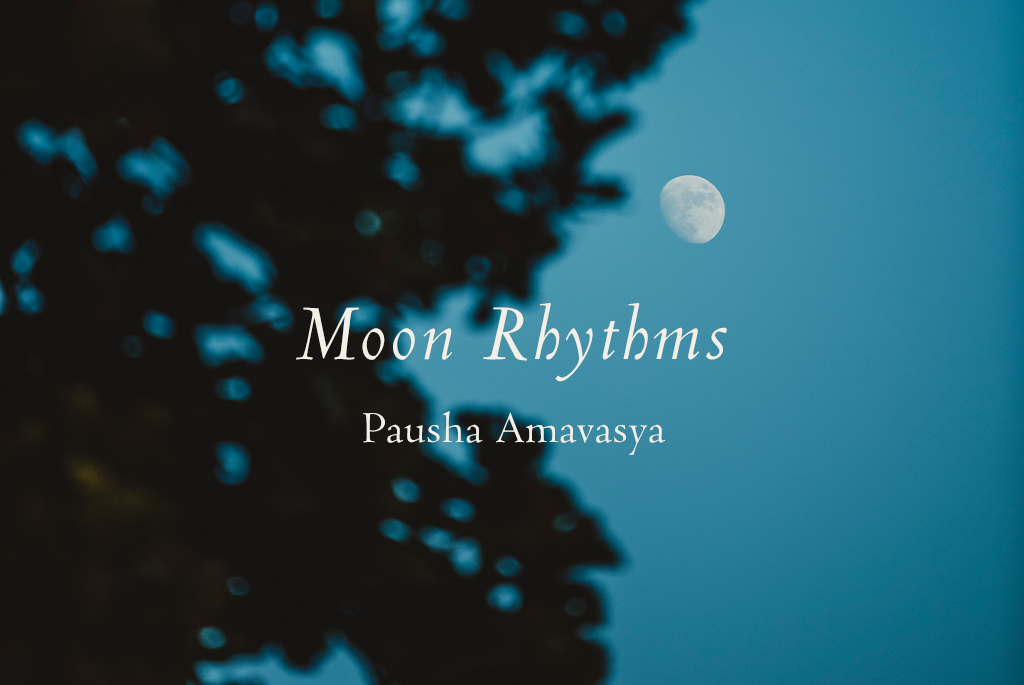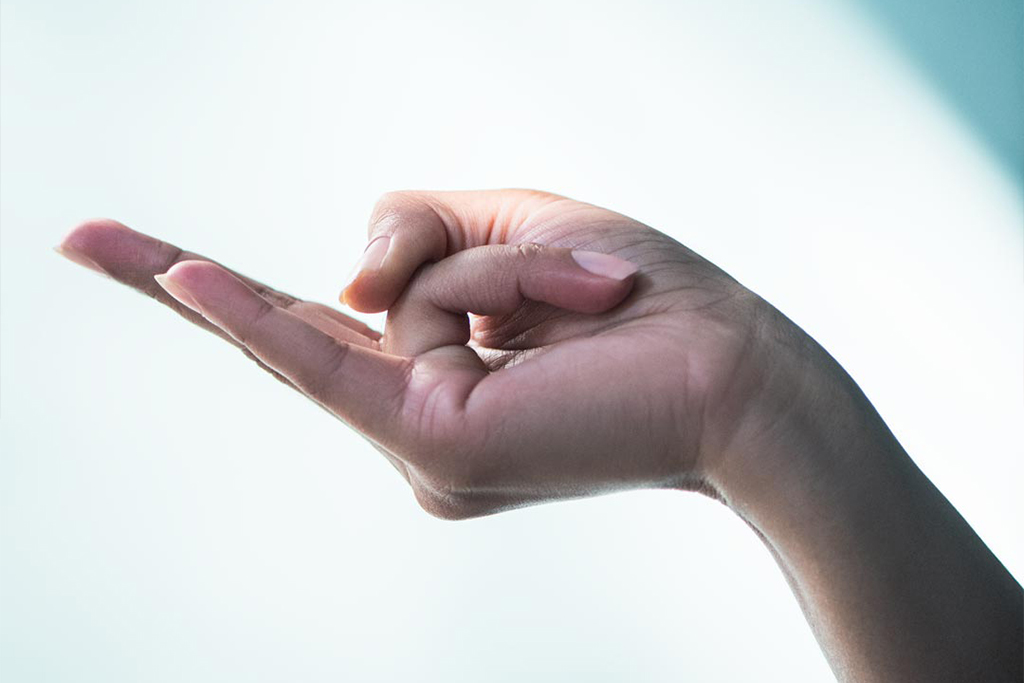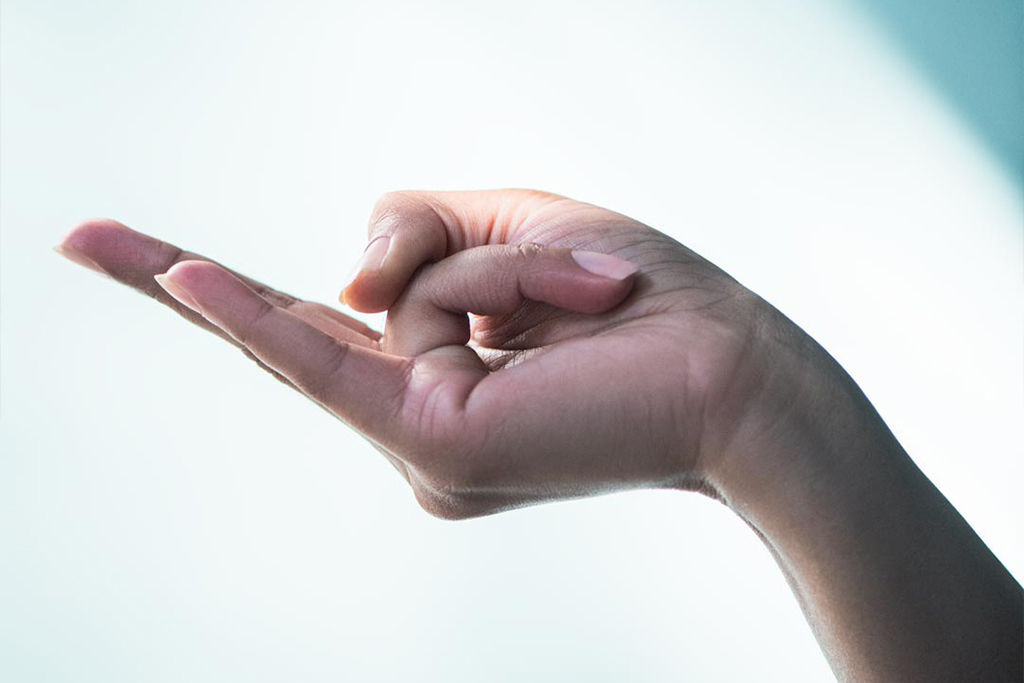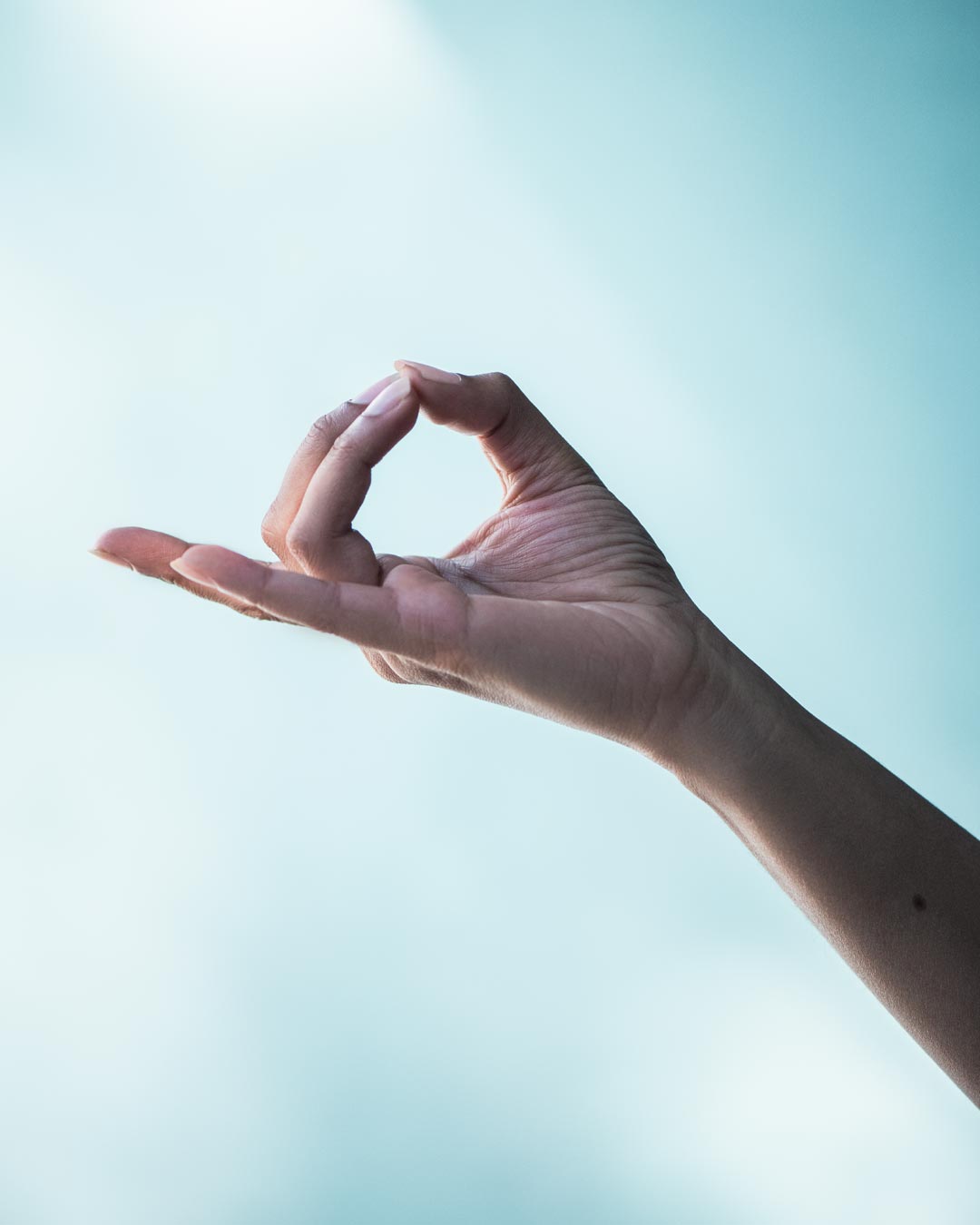



Agni or the digestive fire is vital for a healthy body and life. When it is in imbalance it slowly but surely disrupts the daily functioning of the body. Yoga hand mudras can help us keep our digestive fire healthy and in balance, and promote wellbeing

बलमारोग्यमायुश्च प्राणाश्चाग्नौ प्रतिष्ठिताः|
अन्नपानेन्धनैश्चाग्निर्ज्वलति व्येति चान्यथा ||३४२||
Strength, health, longevity and vital breath are dependent upon the power of digestion including metabolism. When supplied with fuel in the form of food and drinks, this power of digestion is sustained; it dwindles when deprived of it.


Pushan mudra symbolizes the two processes of digestion and elimination
Agni mudra: As the name suggests Agni mudra has a direct impact on the digestive fire. This mudra is also known as Surya mudra and is associated with the life-giving energy of the Sun. With each hand: fold the ring finger into your palm and use your thumb to gently press on it while extending the other three fingers outwards. Ideally this mudra should be practiced in the morning but it can also be practiced later in the day. Hold the mudra for 10-12 minutes two to three times a day. It fuels the digestive fire and also aids weight loss.


Agni mudra has a direct impact on the digestive fire and also aids weight loss
Apan mudra: Apan mudra is known to help stimulate the gallbladder and liver. To practice it, join the tips of the middle finger, ring finger and thumb while extending the other fingers outwards. You can practice this mudra with both your hands. This mudra helps remove toxins and waste from the body and also helps balance the mind. It can be practiced for 5-45 minutes three times a day or for 15 minutes as a course of treatment as per Gertrud Hirschi in her book Mudras: Yoga in Your Hands.

Apan mudra helps stimulate the gallbladder and liver
Mushti mudra: Fold all your fingers inwards and place your thumb over the ring finger, forming a fist. This mudra promotes digestion by activating energies of the stomach and the liver. This also helps cure constipation issues. Hirschi in her book associates this mudra with righteous anger. Anger when not channelled properly within the body can be detrimental. While practicing this mudra envision moments in which you’ve reacted with aggression and fear. Then imagine how you would like to react to these situations. This helps eliminate trigger points in your life so you can react to situations in a more controlled manner and channelize your anger. This mudra can be practiced as needed or for 15 minutes three times a day.

Mushti mudra promotes digestion by activating energies of the stomach
Matangi mudra: Dedicated to Matangi – the god of inner harmony – Matangi mudra has many benefits. It resolves digestive issues, reduces the sense of fullness and helps facilitate the process of elimination of toxins from the body. However, this mudra also strengthens your breathing pattern and activates energies in the solar plexus region. To practice this mudra, fold your hands in front of your stomach with your fingers criss-crossed. Extend your middle fingers upwards and join them together. Stay in this position and focus on your breath. This mudra can be practiced three times a day for four minutes or as needed.

Matangi mudra activates energies in the solar plexus region